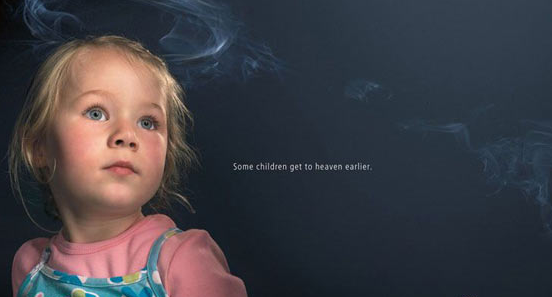 |
| Credit: www.mommiesmagazine.com |
Thirdhand
smoke -- the noxious residue that clings to virtually all surfaces long after
the secondhand smoke from a cigarette has cleared out -- causes significant
genetic damage in human cells!
This
is the findings of a study led by researchers from Lawrence Berkeley National
Laboratory
“Tobacco-specific
nitrosamines, some of the chemical compounds in thirdhand smoke, are among the
most potent carcinogens there are. They stay on surfaces, and when those
surfaces are clothing or carpets, the danger to children is especially serious,”
said Lara Gundel, co-author of the study.
The
study also found that chronic exposure is worse than acute exposure, with the
chemical compounds in samples exposed to chronic thirdhand smoke existing in
higher concentrations and causing more DNA damage than samples exposed to acute
thirdhand smoke, suggesting that the residue becomes more harmful over time.
Thirdhand
smoke is extremely difficult to eradicate. Studies have found that it can still
be detected in dust and surfaces of apartments more than two months after
smokers moved out. Common cleaning methods such as vacuuming, wiping and
ventilation have not proven effective in lowering nicotine contamination.
###
The
above story is based on the June 23, 2013 news release by DOE/Lawrence Berkeley
National Laboratory. http://www.lbl.gov/
This
paper was published in the journal Mutagenesis:
Hang
B, Sarker AH, Havel C, Saha S, Hazra TK, Schick S, Jacob P 3rd, Rehan VK,
Chenna A, Sharan D, Sleiman M, Destaillats H, Gundel LA. Thirdhand smoke causes DNA damage in human cells. Mutagenesis. 2013
Jul;28(4):381-91. doi: 10.1093/mutage/get013.
* Nitrosamines
- when nicotine in thirdhand smoke reacts with nitrous acid it undergoes a
chemical transformation and forms carcinogenic tobacco-specific nitrosamines,
such as NNA, NNK and NNN. Nicotine can react with ozone to form ultrafine
particles, which can carry harmful chemicals and pass through human tissue.
Humans can be exposed to thirdhand smoke through inhalation, ingestion or skin
contact.


No comments:
Post a Comment